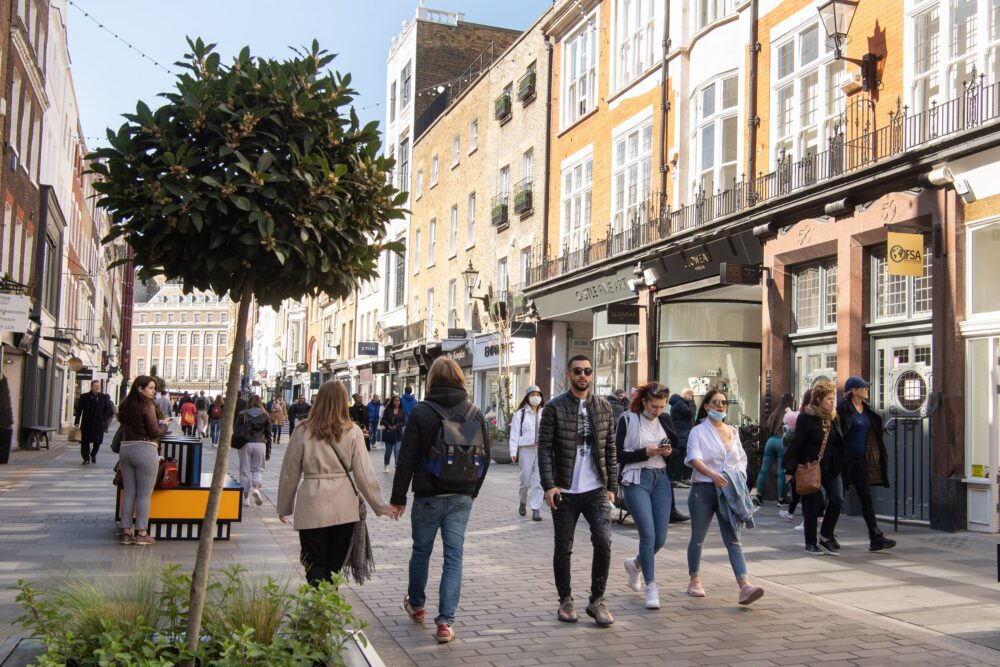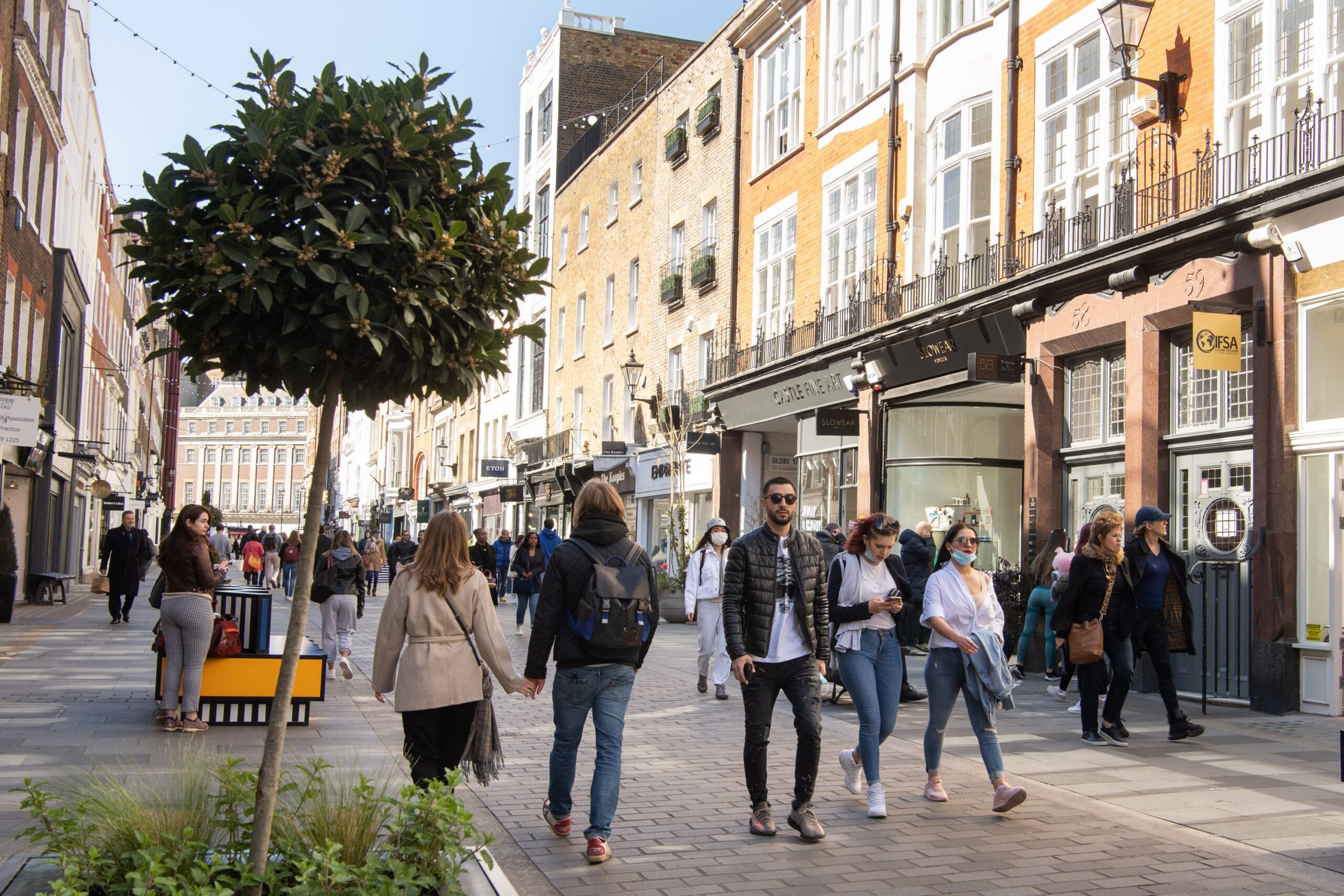Shopper footfall has dipped in the second full week of eased restrictions, according to new figures.
The latest weekly footfall monitor from retail research specialists Springboard has revealed that footfall across all UK shopping destinations in the week starting April 18 dipped by 3.4% against the previous week.

It revealed that all retail locations saw a slight decrease in footfall following the initial rush after curbs eased on April 12, allowing non-essential retailers and outdoor hospitality to reopen.
High streets were the most robust location, with footfall dipping by just 0.8% against the previous week.
Meanwhile, UK shopping centres saw footfall slide by 8.4% while retail parks saw a 3.5% decline against the previous week.
Total footfall was also about a fifth, 19.9%, lower than for the same week in 2019, as footfall continues to remain significantly below pre-pandemic levels.
However, retail parks saw higher footfall during the week than for the same period in 2019 as the large and open shopping areas, which often have major supermarkets, continued to attract shoppers.
Springboard said that there were still signs of a recovery in footfall despite the slowdown against last week’s figures.
Diane Wehrle, insights director at Springboard, said: “The positive news for bricks and mortar retail continues, as the gap in footfall last week from the same week in 2019 continued to narrow, with the week ending at a higher level than at the previous peak at the end of August 2020.
“However, momentum in the recovery of retail slowed slightly last week, with footfall across UK retail destinations dipping slightly from the previous week when non-essential stores reopened.
“The tremendous opening week for retail was undoubtedly helped by the fact that it was the last week of the school Easter break for many children, which meant some parents took leave from work to visit stores and retail destinations as a family.
“It is therefore not surprising that footfall dipped last week from the week before, as children went back at school and many people continue to work from home making stores less accessible over the working week.”

















